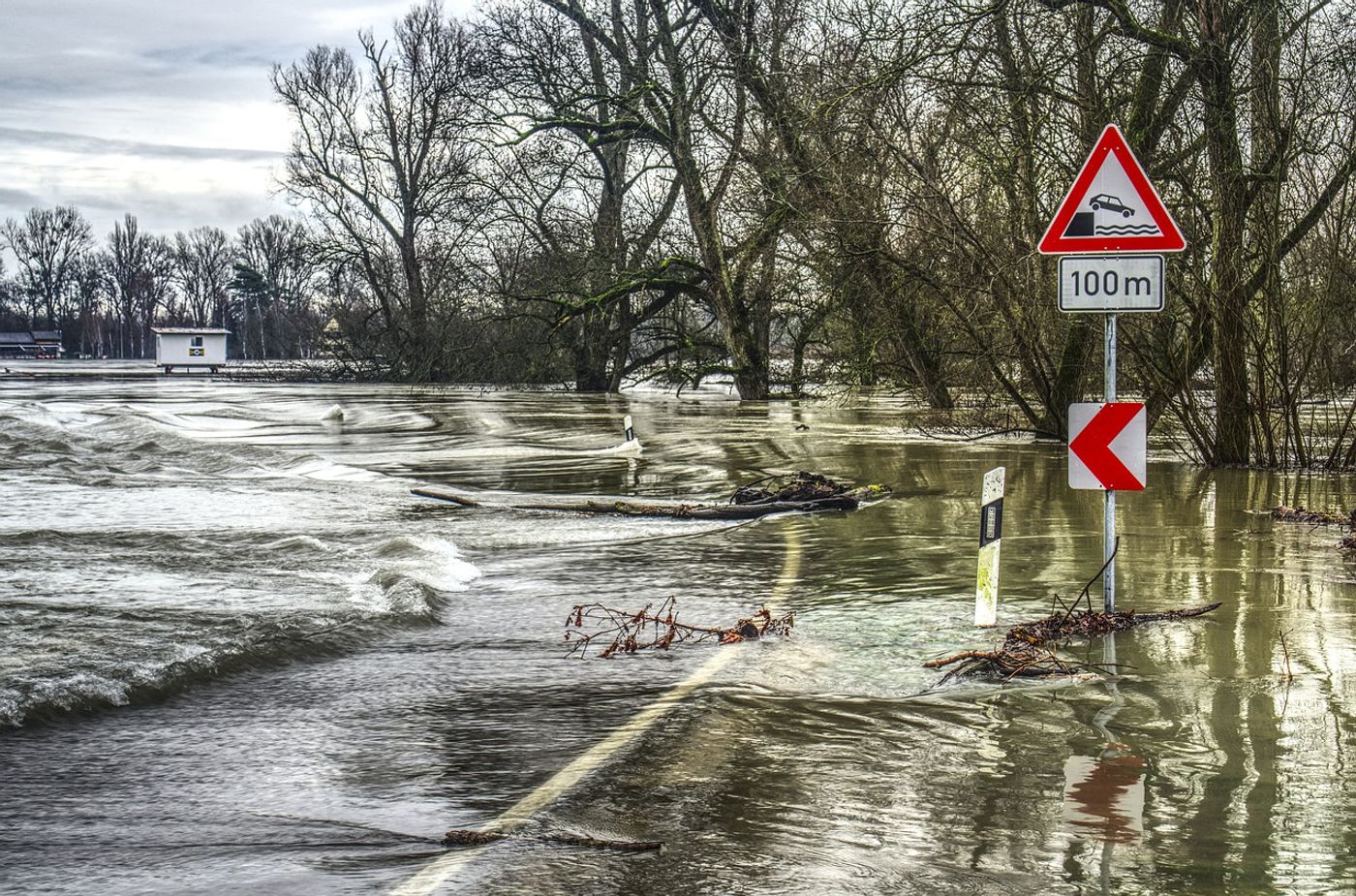High-Tide Flooding is Cause for Concern in the US
High-tide flooding (HTF) is a phenomenon that typically occurs in coastal regions during the highest astronomical tides of the year, however a new study published in Nature Climate Change suggests that the frequency and intensity of these floods will rapidly increase in the US by the mid-2030s with several areas experiencing seasonal clustering events.
Generally subtle when compared to the damage caused by storm-driven events, HTF often increase slowly in severity over long periods of time causing repetitive damage to infrastructure and businesses. Phil Thompson, an assistant professor at the University of Hawaii, stresses that it is “the accumulated effect over time that will have an impact.” He notes that while the intensity of HTFs do not seem as dangerous as a storm-event, “if it floods 10 or 15 times a month, a business can’t keep operating with its parking lot under water. People lose their jobs because they can’t get to work. [And] Seeping cesspools become a public health issue.”
HTFs typically increase in severity slowly depending on several factors including sea-level rise (SLR) and astronomical positioning. Inflections, or “tipping-points” are moments in time when these normally gradual increases take a sudden leap forward in intensity. These inflections can cause sudden and unexpected impacts within coastal communities who are unprepared for such a high tide. To identify these inflection points, researchers gauged 89 tidal locations in US and US-affiliated Pacific and Caribbean islands (except Alaska).
An algorithm calculated by researchers at the University of Hawaii and the National Oceanic Atmospheric Administration (NOAA) predicts years when inflections are likely to take place (YOI) and what effect they may have on various coastal communities after those YOI. For example, in St. Petersburg, FL, the number of HTF events that occur will increase from 13 to 80 days per year in the decade following a YOI.
By calculating the years that inflections are likely to take place in different locations, researchers, community planners, and public health entities can begin to prepare for potential rapid increased in HTF in the coming years. This predictive science will become increasingly important as the study predicts that locations along the Atlantic coast will begin to experience “modest inflections” of HTF in the mid-2020s while locations along the Pacific and Gulf of Mexico undergo more rapid increases in HTF frequency by the mid-2030s.
Sources: Nature Climate Change & NASA









